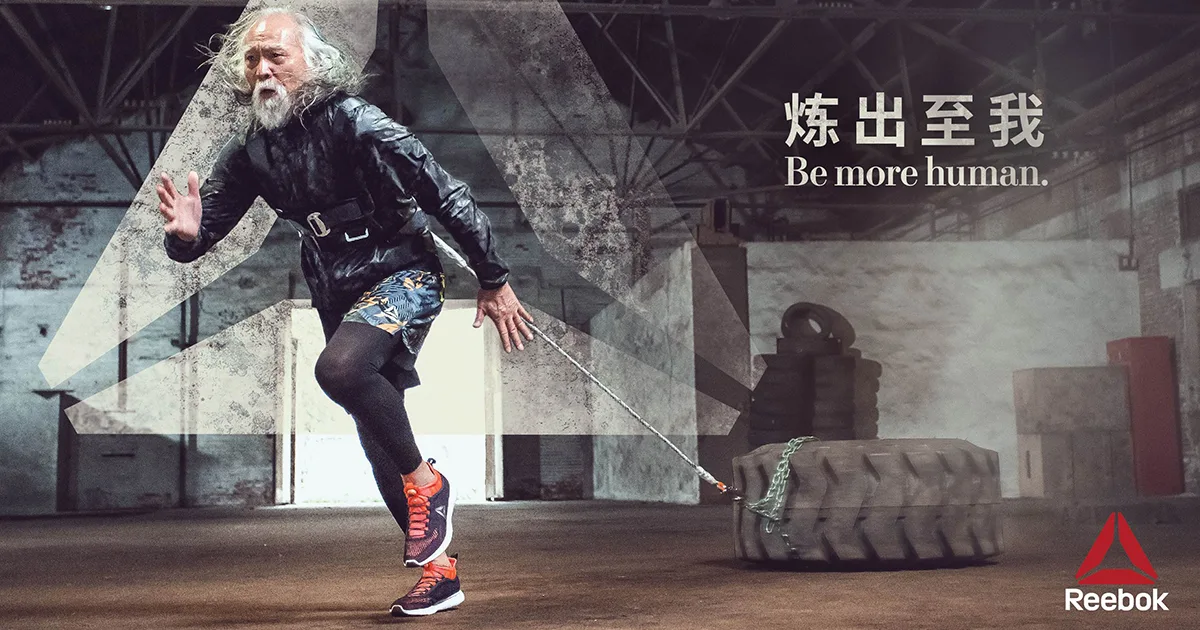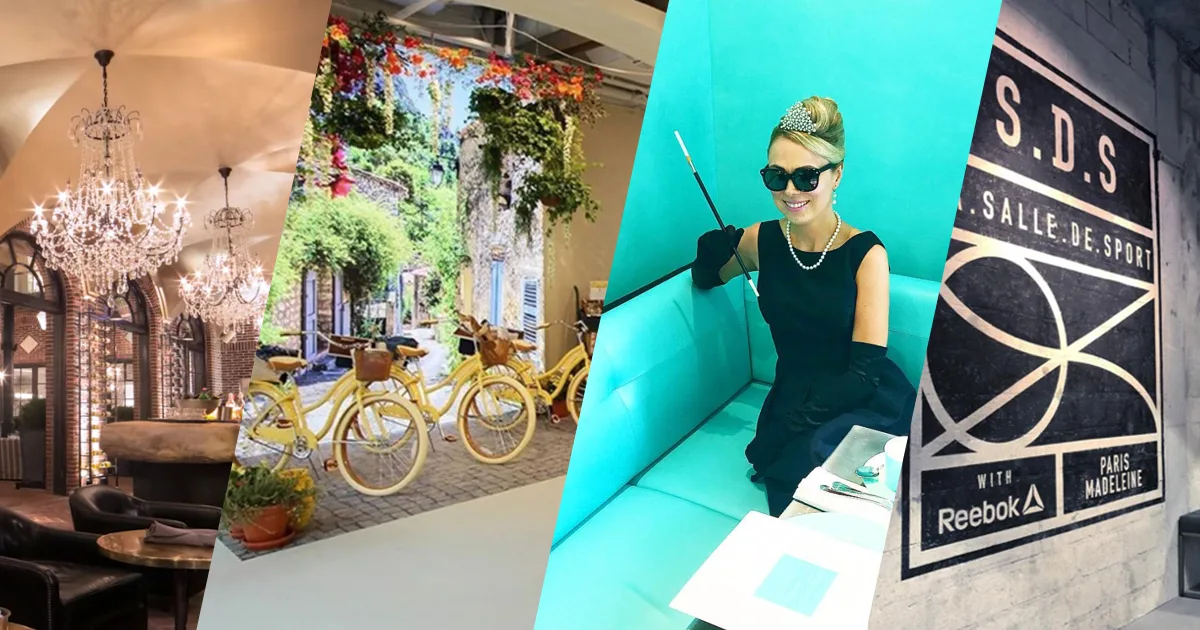Dads today spend nearly triple the amount of time caring for their children as they did in 1965. And they want credit for it. Homer Simpson is passé and “Dadvertising” seeks to realistically depict Dad’s role in modern society.

Advertisers and entertainers are making a solid effort to not make the faux pas of painting fathers as removed, bumbling and/or overly protective figures. Disney committed to do away with Dad stereotypes. The UK Committee of Advertising Practice banned companies from including gender stereotypes within ads, citing fathers as an example. Modern Dads are playing leading roles in Super Bowl advertising.

But appealing to Dads goes farther than avoiding the “Doofus Dad”. Brands shouldn’t turn Dad into Mom — he approaches parenthood in his own way and wants this difference to be reflected.
One approach to showcasing Dad’s difference has been through lengthy and emotional spots that show everything Dad does. Dove and HP go to great lengths to paint a picture of an involved, loving father. However not all brands have the budget for this, and more importantly, not all brands are able to make such a direct tie of fatherhood to their brand’s purpose.

Every brand has a different level of what they can push for when incorporating relevant Dad marketing without coming across as tone deaf. There are more nuanced ways beyond a father-specific spot to weave fatherhood truths into advertising. A social program dedicated to Dad Hacks with your product, art direction of modern family dynamics in a TV spot, an in-store experience catered to Dads, are just a couple of ways to make this audience feel understood and still create a meaningful tie to your brand.

There is rich cultural relevancy around what it means to be a Dad today. Taking the time to understand how Dads interact with your brand, product, and their family is more important than ever to gaining their attention and retaining them as customers.

